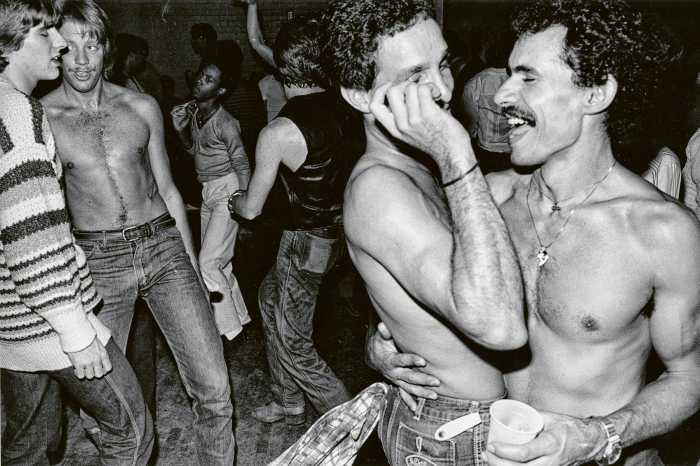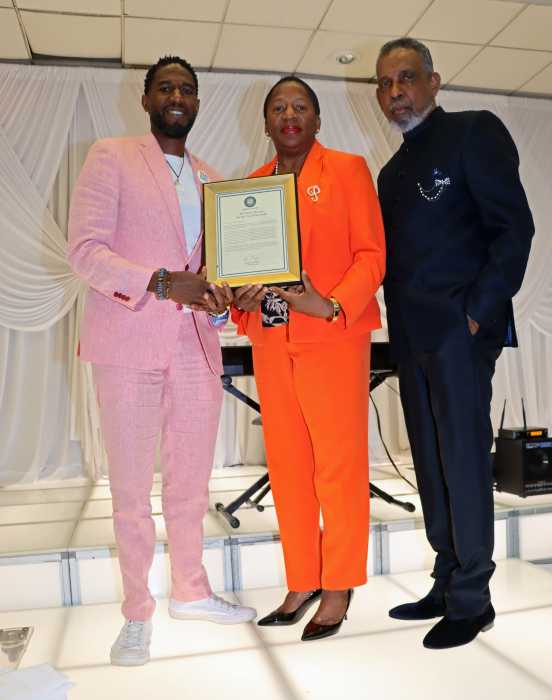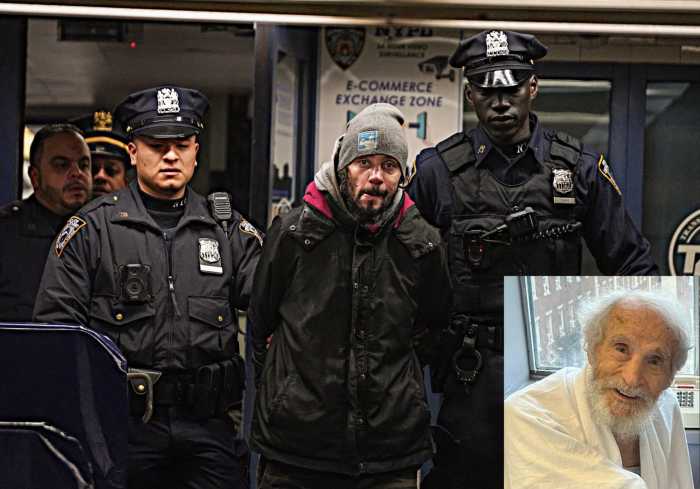BY IOANNIS MOOKAS | A certain irony attends the fact that the study of civil rights in America, at least in the academy, is burgeoning even as our government and society at large appear to retreat ever further from the goals expressed by the civil rights movement, goals enshrined in public consensus yet far too often betrayed in practice.
Michael Klarman, a longtime professor of law and history at the University of Virginia, who joins Harvard this summer, observes in his recent “Unfinished Business,” a concise distillation of the mammoth earlier work “From Jim Crow to Civil Rights,” that in the half-century since the Supreme Court's epochal Brown v. Board of Education ruling, “America has experienced revolutionary racial change.” He cites voter registration, thousands of black elected officials, major gains in education and employment, and a prosperous, growing middle class among other evidence that “American culture today celebrates the ideals of racial equality and integration.”
DEFYING DIXIE: THE RADICAL ROOTS OF CIVIL RIGHTS,
1919-1950
By Glenda Elizabeth Gilmore
W.W. Norton
642 pages, $39.95
UNFINISHED BUSINESS: RACIAL
EQUALITY IN AMERICAN HISTORY
By Michael Klarman
Oxford University Press
239 pages, $19.95
Nevertheless “many racial barriers remain,” Klarman argues, and “genuine racial integration has almost completely stalled.” Taking a sharp tally, he records widespread de facto segregation in housing and public schooling, and notes that even middle-class or affluent blacks “regularly have to suffer… indignities [and] endure whites telling them that racial bigotry is mainly a thing of the past, while their everyday experiences indicate otherwise.” For blacks in poverty and among the working poor, “the situation is much bleaker and growing worse.”
Reconsidering the origins and future of the US civil rights struggle.
Against our present prospects, between contrasting poles of the euphoric groundswell behind Barack Obama's presidential bid – expressive at once of racial pride and a collective wish for transcendence, for a halcyon racelessness – and the slow burn of the Bush-appointed Roberts Court, another eminent historian, Glenda Elizabeth Gilmore, discerns a more hopeful potential, informed by largely unsung pioneers of the nation's radical past.
Gilmore's ambitious new account, “Defying Dixie: The Radical Roots of Civil Rights, 1919-1950,” proceeds from the intent of revising popular canards about the civil rights movement. To the anodyne, media-smoothed image of a struggle launched in the decade between Allied victory in World War II and the Brown ruling, led by church-based “middle-class black men in ties,” Gilmore restores a longer sweep, taking in the decades between the World Wars, and locates communism as the ideological beacon that inspired and drew into its wide orbit a neglected generation of early activists, without whose groundwork later achievements could not have been won.
Like many good histories, “Defying Dixie” benefits from distinctive sources, in this case the Russian State Archive of Socio-Political History in Moscow, which Gilmore turned upside down and shook for evidence of many threads connecting the Russians with groups and individuals in the US. More broadly, Gilmore suggests how the Bolshevik revolution resounded and instilled solidarity among those struggling against racial oppression from Cape Town to Port-au-Prince to Washington, DC.
Shortly after the end of World War I, as black soldiers returned home to confront the contradiction of having fought for democracy while seeing their brothers lynched, sometimes still wearing their country's uniform, many began to look toward Russia, where the Communists officially espoused a doctrine of racial equality. Conversely, strategists in Moscow viewed the Jim Crow South as epitomizing the corruption at the heart of imperialist America, and thus sought ardently to forge inroads among the Southern black proletariat. Once organized with red backing, working-class blacks would be instrumental in toppling the capitalist edifice from within, or so the Russians believed.
Actually trying to dent the lethally fortified armor of Southern white supremacy was another matter, which fell to idealistic, impassioned, flawed, and, in Gilmore's recounting, enormously intriguing crusaders like Lovett Fort-Whiteman of Texas, the first black American to pledge allegiance to Soviet communism, and the biracial lesbian Pauli Murray, a youthful firebrand who becomes the book's exceedingly complex heroine, partly through her unbowed resistance to all strictures.
Fort-Whiteman and Murray loom largest among a cast teeming with characters known (A. Philip Randolph, Langston Hughes) and obscure. Now and then major figures like Bayard Rustin or Ella Baker or Eugene Debs flit through Gilmore's view with scant comment, not requiring introduction for readers already versed in civil rights or leftist history, but those approaching the terrain afresh might crave a pinch more context. On the whole, however, Gilmore weaves her many participants nimbly into and out of a forward-flowing narrative told in the most personable voice, adorned by such turns of phrase as “taken at the flood” or “smack dab in the middle.”
The portraits of Fort-Whiteman and Murray add up to a sobering contrast. Fort-Whiteman, who dominates the first third of “Defying Dixie,” was a man given to extremes, a sojourner caught in communism's magnetic pull. He founded the American Negro Labor Congress at the Comintern's behest, recruited Yanks for the Communist University of the Toilers of the East, came under intense FBI surveillance, and decamped at length to Russia, only to be swept in the 1937 Great Purges to the frozen gulag, meeting a horrific, senseless end. Gilmore notes, “Often one-half of those sentenced to Kolyma died before they arrived. Then the mortality rate increased.”
Having brought us to this abyss, “Defying Dixie,” in its latter two-thirds, lifts us back up on the inspiriting wings of Pauli Murray, who embarked in youth on a lifelong career of social change. After a minor early flirtation in the mid-'30s with a red splinter group, which would dog her for years to come, she boldly nominated herself to help jump-start the NAACP's drive to desegregate Southern higher education by applying to graduate study at the University of North Carolina in 1938, intending to break its color bar. Instead the school firmly, though not unreservedly, upheld Jim Crow, while Murray's would-be counsel Thurgood Marshall, then a junior attorney with the NAACP, passed on the case.
Gilmore contends that homophobic qualms over Murray's sexuality and gender identity – in youth she sporadically passed as male, a persona she privately called “The Dude” – were the true basis for the NAACP's decision not to support her bid at Chapel Hill. Conceding that “[w]e cannot know what… Marshall knew or what he revealed,” Gilmore proposes that he may have told Murray “something far more personal, that… she did not conform to feminine standards.” Incensed yet undaunted, Murray blazed her way through numerous grassroots campaigns that prefigured the popular mobilizations of the '50s and '60s, meanwhile graduating valedictorian from Howard University School of Law and sustaining a vividly mutual friendship with Eleanor Roosevelt, who more than once received her for tea at the White House.
Even if Murray wasn't quite unknown or neglected before now – Lillian Faderman devotes a few pages to her in “To Believe in Women” and a 1944 essay of Murray's appears in the Library of America's “Reporting Civil Rights” anthology – Gilmore's nuanced portrait is an altogether solid nomination to the Hall of Fierce. Yet no less valuable is Gilmore's recognition of communism's role, despite the tragic Stalinist turn, in helping early civil rights activists to envision and expound a political horizon of full and equal human rights, when many other foes of segregation still sought to accommodate Jim Crow with plodding gradualist reforms rather than fundamental, urgent change .
Surveying the paths opened by Murray and other committed activists, Gilmore concludes on the ringing note, “Our responsibility to freedom is to challenge its limitations whenever and wherever we encounter them.” A fine thought to bear in mind as we keep our date with history this November.
































